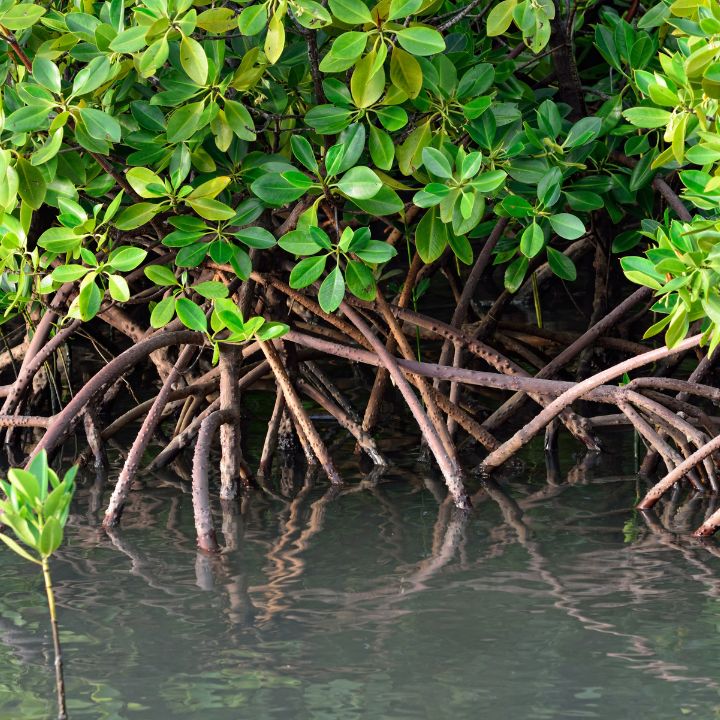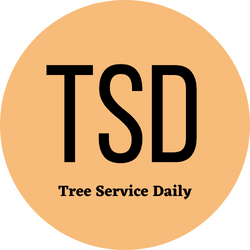What Trees Does Florida Not Allow Tree Removal?
by siteadmin

The state of Florida has some specific regulations that do not allow tree removal for certain types of trees. The laws are intended to protect trees that provide critical services and help preserve our natural resources.
For example, Florida statutes protect mangrove trees that grow along coastlines to help keep shorelines from being eroded. Likewise, sea grapes that grow in Florida waters are also protected.
Live Oak
If you want a majestic tree that can grow into a large canopy, live oak (Quercus virginiana) is one of the best choices. These large, picturesque trees can grow up to 60 feet tall and spread more than twice their height, creating a shade that’s both inviting and restful.
This tree is also a keystone species that protects our shorelines and provides critical habitat for wildlife. It also can help stabilize storm surges and resist high winds.
To keep your live oak healthy, prune it regularly while it’s young to develop a strong branch structure. Prune out multiple leaders and branches that form sharp angles with the trunk to prevent wind damage.
This tree also requires regular mulching to keep the soil moist and improve nutrient availability. A thin layer of shredded leaves or bark works well. It will also help keep your soil more stable in colder weather.
Longleaf Pine
Longleaf pines, known as Pinus palustris, once covered a large part of the southeastern US, from southeastern Virginia and the Gulf Coast through east Texas. Today, only a small percentage of that forest remains; it is often replaced by faster-growing loblolly pine and slash pine, for timber and agriculture.
In Florida, the only old growth longleaf pine forests left are on Eglin Air Force Base and Tiger Creek Conservancy’s Lake Wales Ridge preserve. But those stands are in danger of being removed, along with the longleaf pine ecosystems that they contain.
The Conservancy and other organizations are working to protect these rare, untouched places, where longleaf pines and other forest species can still thrive. NRCS, for example, is working with landowners to implement a variety of conservation practices on private lands through the Longleaf Pine Initiative (LLPI).
These practices range from stand improvement, like creating a forest corridor or connecting stands, to prescribed burns that improve forest health and help restore longleaf pine ecosystems. These benefits go beyond just producing lumber; they also promote healthier soils and improved wildlife habitat.
Mangrove Trees
Mangrove trees are a diverse group of plants that are adapted to salt water, sand and mud. They are also able to filter seawater, so they are essential to coastal ecosystems.
These coastal trees grow along the shoreline in tropical and subtropical areas around the world, including Florida. They are important in coastal habitats and provide homes for many animals, especially turtles and young fish.
They have aerial roots that arch high over the water, which make them look like they are standing on stilts. These prop roots help stabilize the shallow soil and keep the tree from being too exposed to the elements.
These trees are critical to the Florida ecosystem and can be a big part of helping preserve it. But, they do need to be trimmed correctly. Without proper trimming, they can be damaged or killed. To avoid this, property owners should only hire certified tree service professionals that follow the regulations.
Pine Trees
Florida is a popular tourist destination known for its history, lush scenery, watersports, wildlife, real rockets blasting into space, sports, and sunshine. It is also home to a number of professional and collegiate teams including the Florida Panthers, Miami Dolphins, and Tampa Bay Lightning.
A new state law allows homeowners to trim trees without prior approval or a permit from local governments if an arborist certifies that the tree presents a danger to property or people. This new rule is meant to give homeowners the flexibility to deal with tree hazards quickly.
The statute allows property owners to prune, trim or remove trees on their properties if the homeowner obtains documentation from an arborist certified by the International Society of Arboriculture or a Florida licensed landscape architect that a tree presents a risk to persons or property. This is a good idea for homes that are affected by storms or trees that have become diseased, but there are loopholes in the law that can allow some homeowners to get around proper consideration of the risks.
Full Tree Service Panama City FL Emergency Tree Service Tree Trimming and Tree Pruning Stump Removal and Stump Grinding
Storm Damage Clean Up Fire Mitigation Panama City Tree Removal Panama City Tree Service
The state of Florida has some specific regulations that do not allow tree removal for certain types of trees. The laws are intended to protect trees that provide critical services and help preserve our natural resources. For example, Florida statutes protect mangrove trees that grow along coastlines to help keep shorelines from being eroded. Likewise,…
Recent Posts
- Affordable Fencing Solutions: Fence Company Rochester NY Offers Insight on the Cheapest Fence Installations in Rochester, NY
- Affordable Fencing Solutions: Fence Company Rochester NY Offers Insight on the Cheapest Fence Installations in Rochester, NY
- Expert Roofers Columbus Shares Insights on the Roofing Installation Process in Columbus, GA
- Enhancing Tree Health: Stokes Tree Solutions Provides Expert Assessment and Care in Fairfax, VA
- Signs Your Tree Is Dead and What to Do About It, Including Tree Removal, Trimming, and Branch Clean Up with Stokes Tree Solutions, LLC in Fairfax
